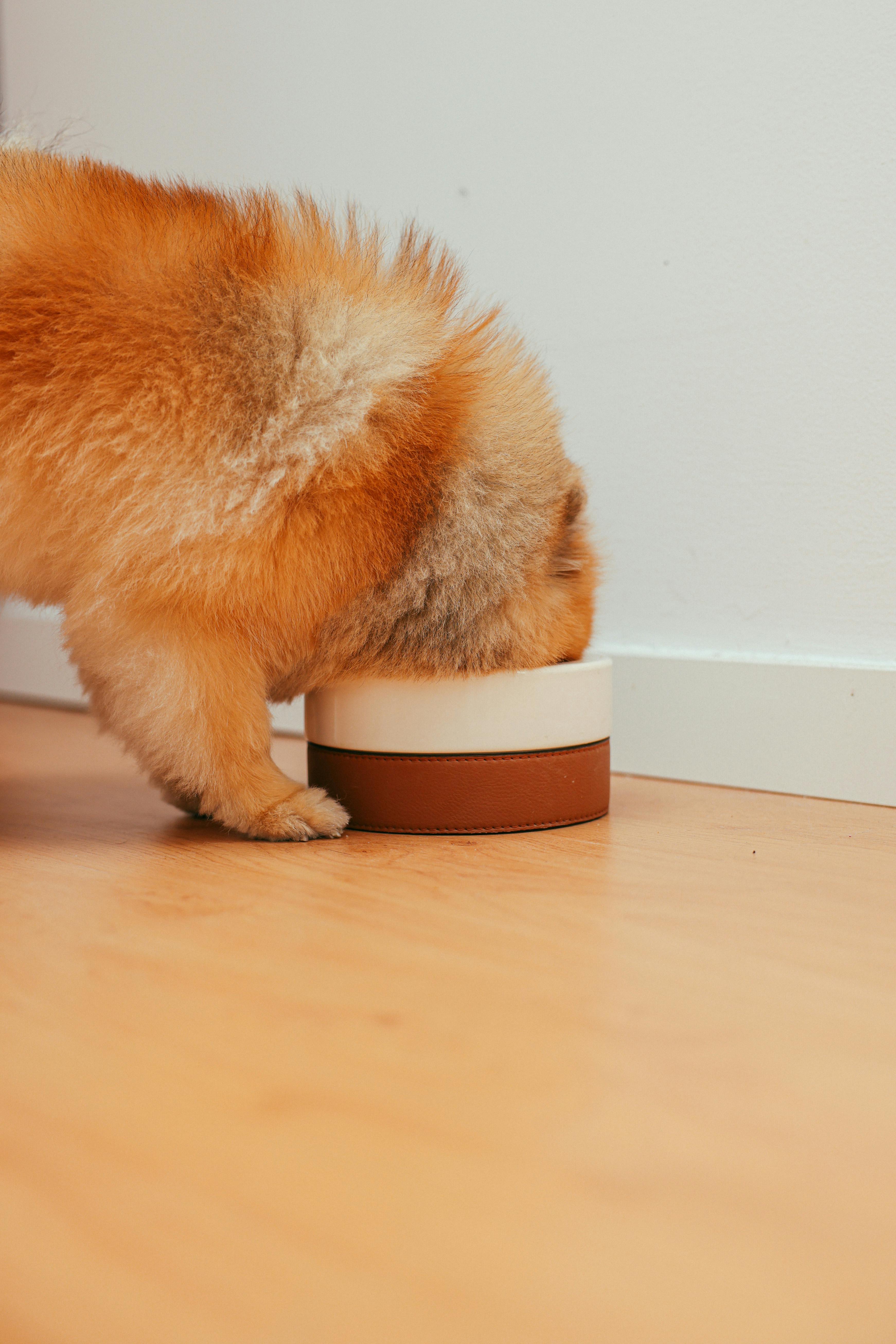
How to Properly Express Anal Glands: Essential Tips for Pet Owners
As a pet owner, understanding how to properly express your dog's anal glands is vital for their overall health and comfort. Anal glands can become a source of discomfort, leading to various health issues if not maintained properly. This article will guide you through the process of expressing anal glands, discussing the signs that your dog may need this procedure, and providing tips for effective anal gland care.
Regular anal gland checks are crucial in preventing potential problems, including infections and impactions. This guide will explore the importance of anal gland health, the step-by-step process for expressing them, and how you can maintain your dog’s well-being in this aspect. Prepare to gain valuable insights into canine anal gland care and ensure your furry friend is comfortable and healthy.
Key takeaways from this article include the signs of anal gland problems, the frequency of expressions, and home remedies for anal gland issues. With the right knowledge, you can maintain your pet's anal health effectively.
Understanding Canine Anal Glands and Their Functions
To effectively care for your dog's anal glands, it's essential first to understand what they are and their role in your dog’s health. Canine anal glands are small, pea-sized sacs located on either side of a dog's anus. Their primary function is to produce a scent that marks territory and aids in communication among dogs. The fluid they produce is typically expressed during bowel movements.
When the anal glands are functioning correctly, they discharge their contents naturally during defecation. However, when a dog has difficulty expressing these glands, it can lead to several issues. Factors such as diet, obesity, and lack of exercise can contribute to anal gland problems. Therefore, understanding anal gland health is crucial for pet owners.
This naturally leads us to the signs of anal gland issues. Some dogs may experience discomfort, resulting in behaviors like scooting, excessive licking, or even changes in bowel movements. Recognizing these symptoms early on can help you take proactive steps to address any potential problems.
Signs Indicating Your Dog Needs Anal Glands Expressed
Being attentive to your dog's behavior is key to recognizing when they may need their anal glands expressed. Here are some common signs:
- Scooting: Dogs may drag their rear on the ground if their anal glands are full or impacted, attempting to relieve discomfort.
- Excessive Licking: If you notice your dog frequently licking their rear end, it could indicate irritation or discomfort.
- Unusual Bowel Movements: Straining during bowel movements or changes in stool consistency can signal anal gland problems.
- Foul Odor: A strong, fishy smell may emanate from the anal area when glands are full or infected.
- Signs of Pain: Whining or reluctance to sit can suggest your dog is uncomfortable due to anal gland issues.
Recognizing these signs prompts timely action, whether it's performing an expression at home, seeking veterinary assistance, or both. With awareness, you can foster your dog's comfort and health regarding their anal glands.
Step-by-Step Process for Expressing Anal Glands at Home
Expressing anal glands is a routine task that can be accomplished at home with the right technique and care. Here’s a step-by-step guide on how to express anal glands safely and effectively:
Preparation
Before you begin, gather your supplies: gloves, a paper towel, and treats for rewarding your dog afterward. Ensure you are in a comfortable, well-lit space where your dog feels secure.
Identifying the Glands
The glands are located at about 4 and 8 o’clock positions around the anus. Feel gently for any swelling or fullness in these areas. A light touch is often sufficient to locate the glands without causing discomfort.
Expressing the Glands
With your gloved hand, gently squeeze the area around the glands. Use a gentle upward and inward motion, being careful not to apply too much pressure. You should see a brownish fluid expelled.
Post-Expression Care
After expression, clean the area with a damp paper towel to remove any residue. Always monitor your dog for any signs of discomfort after the process.
Learning these proper anal gland expression techniques will not only benefit your dog's health but also strengthen your bond through regular care and grooming.
Regular Maintenance for Healthy Anal Glands
Preventive care is essential when it comes to maintaining anal health in dogs. Here are tips to implement:
- Dietary Changes: Feeding a high-fiber diet promotes healthy bowel movements, which in turn aids natural expression of anal glands.
- Regular Exercise: Encourage daily exercise to keep your dog's weight in check, further helping to reduce anal gland problems.
- Consult Your Veterinarian: Regular vet check-ups can help identify anal gland issues early, allowing for prompt treatment.
By adopting an ongoing maintenance routine for your dog’s anal glands, you can significantly reduce the risk of discomfort and enhance their overall well-being.
Common Issues and Home Remedies for Anal Gland Problems
If your dog is exhibiting symptoms of anal gland issues, there are several home remedies and approaches that could help alleviate their discomfort:
Hydration and Nutrition
Ensure your dog remains well-hydrated and consumes a balanced diet. Fiber-rich foods or supplements can aid in the natural expression of anal glands and prevent impaction.
Regular Vet Checks
Seek veterinary advice to determine the best course of action if your dog's symptoms persist. They can offer professional techniques for expressing anal glands when necessary.
Comfort Techniques
Calming your dog during the expression process is vital. Use positive reinforcement with treats and praise to create a stress-free environment. This encourages relaxation, making the procedure easier for both you and your pet.
Adhering to these practices allows for holistic approaches to anal gland care, potentially reducing the need for frequent expressions.
Conclusion: Prioritizing Anal Gland Health in Dogs
Understanding anal glands and how to care for them is an essential aspect of responsible dog ownership. By recognizing signs of anal gland issues, mastering home expression techniques, and implementing preventive care, you can ensure your dog remains comfortable and healthy.
Should your dog show persistent signs of discomfort or problems, always consult with a veterinarian for tailored advice and treatment options. Proper care of anal glands contributes significantly to your dog's overall quality of life.
 example.com/image2.png
example.com/image2.png
 example.com/image3.png
example.com/image3.png